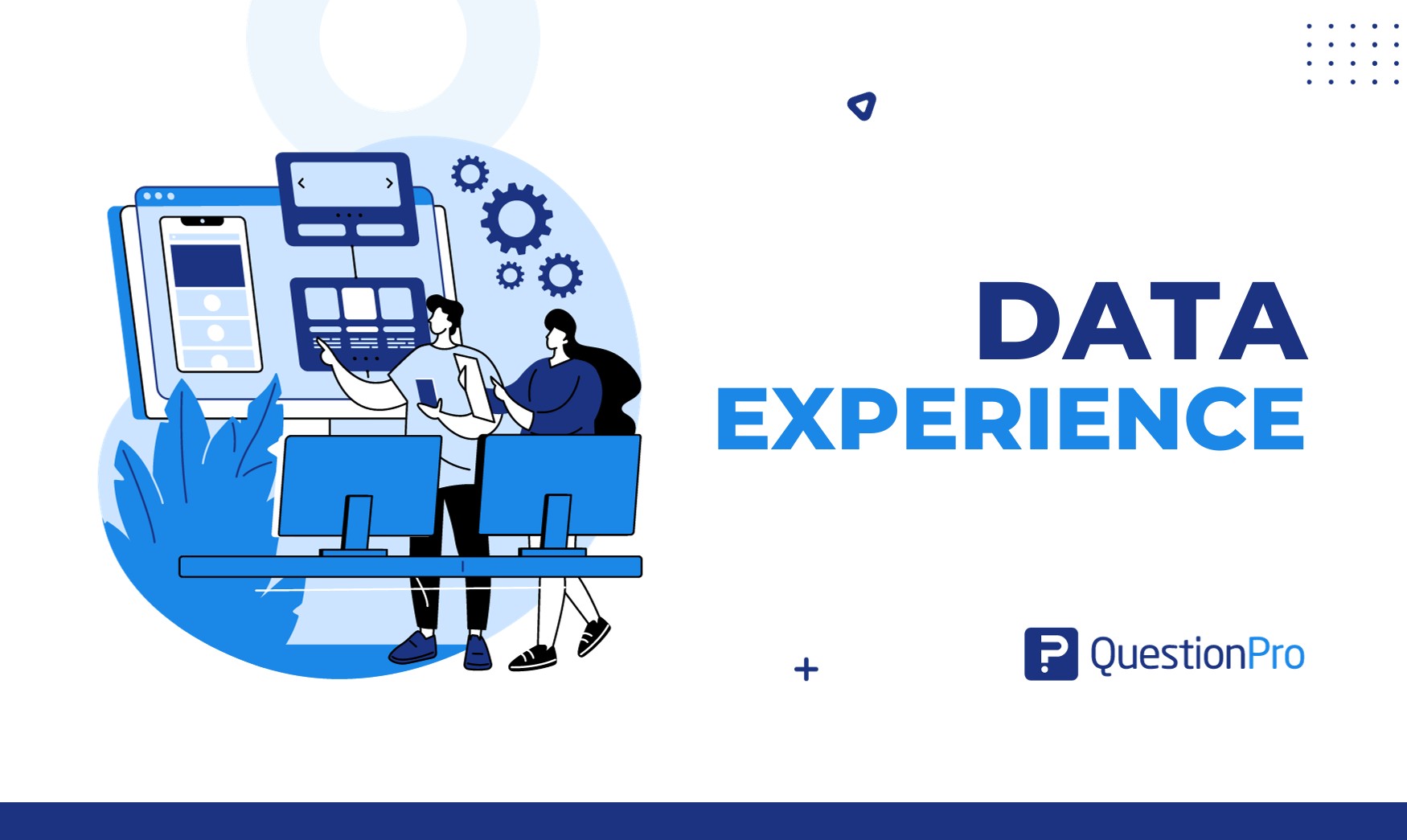
In the digital age, data is the driving force behind innovation and decision-making. However, the mere accumulation of data is not enough; it’s the experience we derive from it that truly matters. Enter the realm of Data Experience (DX), a concept gaining prominence in the era of big data.
To optimize data experience, businesses must employ efficient methods to acquire data, ensuring a seamless flow of valuable information for informed decision-making and enhanced insights.
In this blog, we will dive into what Data Experience is, its importance in various domains, and the essential steps to optimize it for maximum benefits.
What is Data Experience?
Data Experience refers to users’ overall interaction, perception, and satisfaction when dealing with data. It encompasses the end-to-end data journey—from collection and storage to analysis and visualization. Think of it as the holistic encounter users have with data, much like the user experience (UX) concept applied to data-related activities.
A positive experience involves not only the accessibility and accuracy of data but also the ease of interpretation, collaboration, and decision-making that it facilitates. This concept becomes increasingly relevant as the volume and complexity of data continue to grow in various domains.
Data scientists use their data science knowledge to get important insights and improve decision-making processes, which is a crucial part of creating a seamless data experience.
Why is Data Experience important?
Data Experience (DX) is crucial for several reasons, and its importance has grown exponentially in the modern data-driven landscape. Here are key reasons highlighting the significance of it:
Informed Decision-Making
A positive DX ensures that decision-makers have access to timely, accurate, and relevant information. When data is presented in an understandable and accessible manner, organizations can make well-informed decisions, leading to better outcomes and strategic advantages.
User Engagement and Productivity
User engagement with data is vital for deriving value from it. Data seamless experience encourages users to interact with and explore data, leading to increased productivity. When individuals find data interfaces intuitive and user-friendly, they are more likely to leverage data effectively in their roles.
Innovation and Agility
It fosters an environment conducive to innovation. Data teams can experiment with data, uncover patterns, and adapt quickly to changing circumstances. This agility is crucial for businesses facing dynamic markets and evolving customer demands.
Data Democratization
DX promotes the democratization of data by making it accessible to a broader audience within an organization. When data is not confined to a select few but is available to various stakeholders, it empowers employees at all levels to make data-driven decisions, fostering a culture of data-driven decision-making.
Improved Data Literacy
A positive experience is instrumental in enhancing data literacy across an organization. Intuitive interfaces and tools, coupled with training programs, help users develop the skills to understand, interpret, and derive insights from data. Improved data literacy contributes to overall organizational effectiveness.
Enhanced Collaboration
DX facilitates collaboration among different teams and departments. When data is presented in a way that various stakeholders easily understand, it becomes a common language that fosters collaboration. This collaborative, data-driven approach can lead to innovative solutions and a more holistic understanding of organizational challenges.
Customer-Centric Insights
For businesses focused on customer satisfaction and experience, a positive DX is vital. It enables organizations to gather, analyze, and act upon customer data efficiently, leading to personalized and improved customer experiences.
Adaptation to Technological Advances
As technology evolves, so does how data is processed and analyzed. A positive experience ensures that organizations can seamlessly adapt to new technologies, incorporating innovations such as artificial intelligence, machine learning, and advanced analytics.
Competitive Advantage
Organizations that prioritize and excel in DX gain a competitive advantage. They can harness the full potential of their data to identify market trends, respond to customer needs, and stay ahead of competitors in a rapidly changing business intelligence landscape.
Steps for a Better Data Experience
Improving Data Experience (DX) involves implementing strategic steps to enhance how individuals and organizations interact and derive value from data. Here are key steps to achieve a better experience:
1. Comprehensive Data Governance
Establish robust data governance practices to ensure data quality, security, and compliance. This lays the foundation for a positive Data Experience by instilling confidence in the reliability and integrity of the data.
2. User-Centric Design
Design data interfaces with the end-user in mind. Prioritize simplicity, clarity, and functionality. Tools and dashboards should cater to users with varying levels of data literacy.
3. Empowerment Through Training
Provide training programs to enhance data literacy across the organization. When users understand how to interpret and use data effectively, the overall Data Experience improves.
4. Implement Data Integration
Break down data silos by integrating disparate data sources. A unified data environment ensures that business users have access to a comprehensive dataset, improving the completeness and relevance of data insights.
5. Leverage Advanced Analytics
Embrace advanced analytics and visualization tools to make data more interactive and insightful. Technologies like AI and machine learning can uncover hidden patterns and trends, enhancing the overall DX.
6. Continuous Feedback and Improvement
Regularly seek feedback from users to understand pain points and areas for improvement. The Data Experience should be an evolving process, adapting to users’ changing needs and expectations.
Conclusion
Data Experience is a critical aspect of modern data management. It leads to improved decision-making, increased efficiency, and a more innovative and collaborative organizational culture.
By prioritizing accessibility, quality, user training, feedback mechanisms, and security measures, organizations can pave the way for a superior data experience that empowers individuals to harness the full potential of data accessibility in their daily operations.
As we navigate the data-driven landscape, investing in a positive DX is key to staying competitive and ensuring sustained success.
QuestionPro Research Suite revolutionizes the data experience by offering advanced surveys, analytics, and tools. Robust features, seamless integration, and real-time insights empower users to elevate their understanding of data usage.
QuestionPro enhances every aspect of the data journey, from surveys to analytics, for informed decision-making and improved business outcomes.







